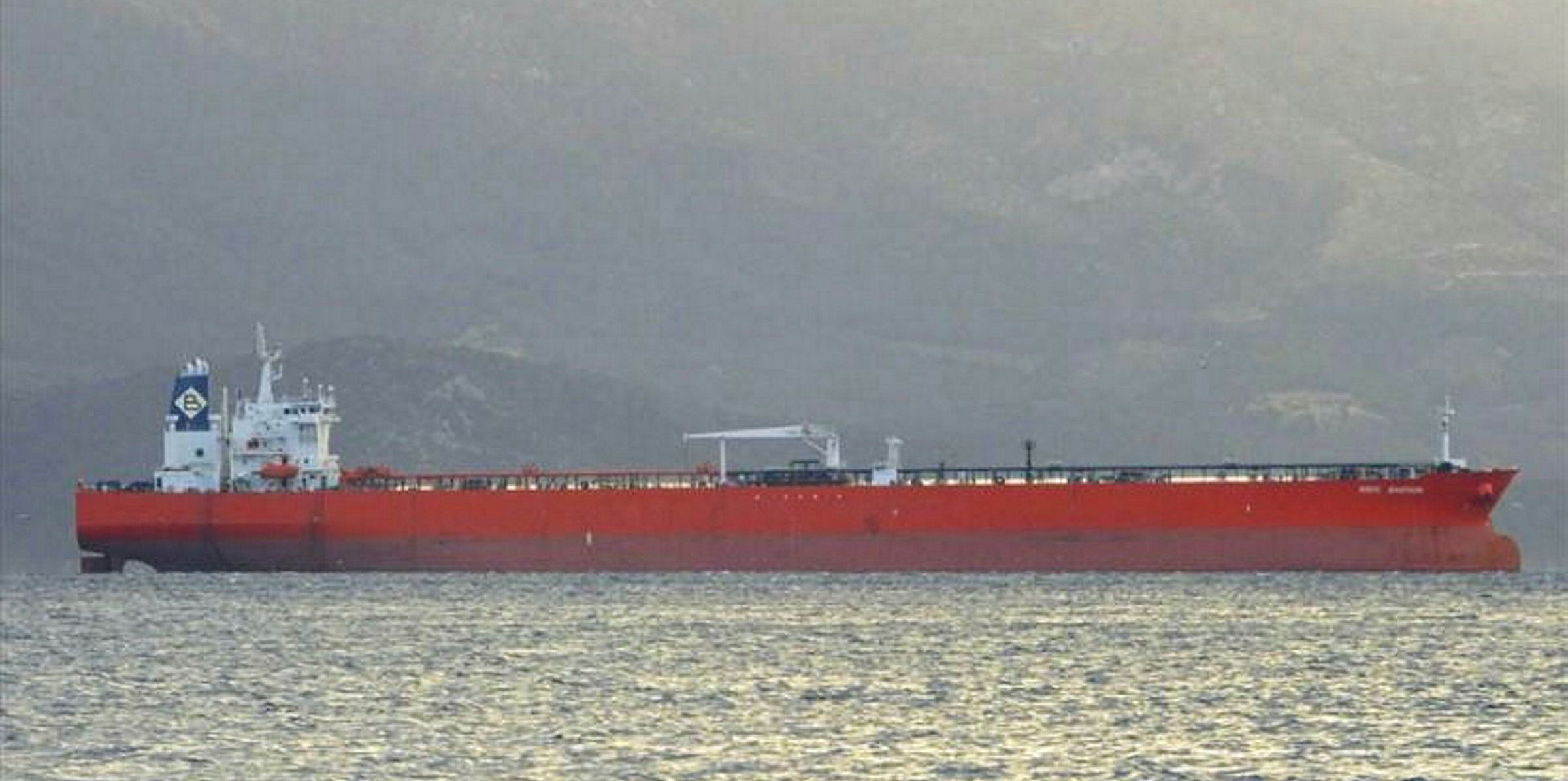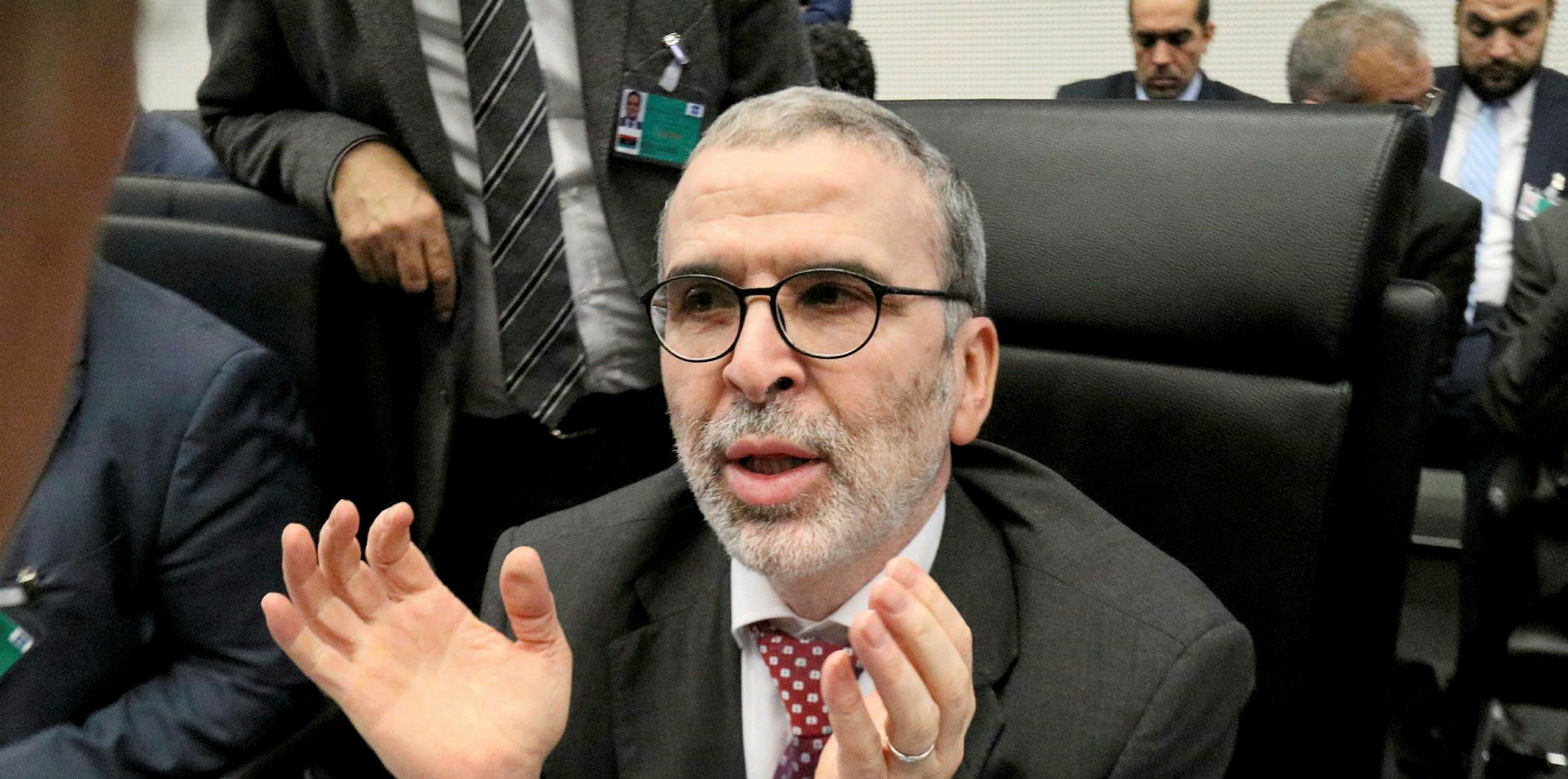Libya's National Oil Corp (NOC) has confirmed an aframax tanker managed to begin loading crude at Es Sider, having lifted force majeure on all oil exports from the country.
On its website, the state-run energy firm said the 106,074-dwt Kriti Bastion (built 2003) would be the first tanker to lift from the eastern Libyan port, following a six-month closure.
“We are very glad finally to be able to take this important step to national recovery,” NOC chairman Mustafa Sanalla said.
“This should be recognised as an important moment of common national purpose to build on to bring lasting peace and stability to the country.”
Industry databases show the suezmax is managed by Greece’s Avin International.
According to Kpler, the Kriti Bastion entered the port earlier on Friday and will likely be sailing to Italy after completing the cargo operation on Saturday.
Months of chaos
On Wednesday, the 157,000-dwt suezmax Delta Ocean (built 2010) was just prevented from berthing at Es Sider by the Petroleum Facilities Guard, a militia that has been switching sides during the ongoing civil war in Libya.
The port, along with Ras Lanuf, Zueitina, Brega and Hariga, were blockaded by forced linked to Khalifa Haftar's Libyan National Army (LNA) in January as the renegade general sought to conquer Tripoli.
Following several victories of the United Nations-recognised Government of National Accord (GNA) against the LNA in May and June, NOC has recently instructed the export terminals to come back online.
Their resumption of operations will provide more employment opportunities for aframaxes and suezmaxes in the Mediterranean.
Kpler data suggests Libya’s crude exports have averaged 97,000 barrels per day (bpd) this year, sharply lower than the 2019 level of 1.01m bpd.
No easy return
But the war-torn country is not expected to ramp up oil production and exports quickly due to continued military conflicts and damaged production facilities.
“Signs of a military buildup in Sirte make it unlikely, for now, that oil will flow out of eastern-Libya despite efforts by a single vessel to load crude out of Es Sider,” analysts at Kpler wrote in a note. “If Libyan oil production remains shut in, potential future output is increasingly at risk.”
NOC has warned that the increase in crude production will “take a long time” as the sudden shutdowns of production facilities due to the blockage caused significant damage to reservoirs and infrastructure.
““For NOC, the work has just started. Our infrastructure has suffered lasting damage, and our focus now must be on maintenance and securing a budget for the work to be done,” Sanalla said.
“On the top of the $6.5bn in lost production we as a nation have suffered, NOC faces huge extra costs to repair infrastructure damage.”
“The costs of repairing the pipeline network and surface equipment and of well workovers will run to the billions of dinars.”
Crude output of NOC amounted to 1.22m bpd in early 2020 and the company was targeting to raise production to 2.1m bpd by 2024.
But Sanalla has admitted NOC could struggle to produce 650,000 bpd in 2022 following the recent conflicts.







